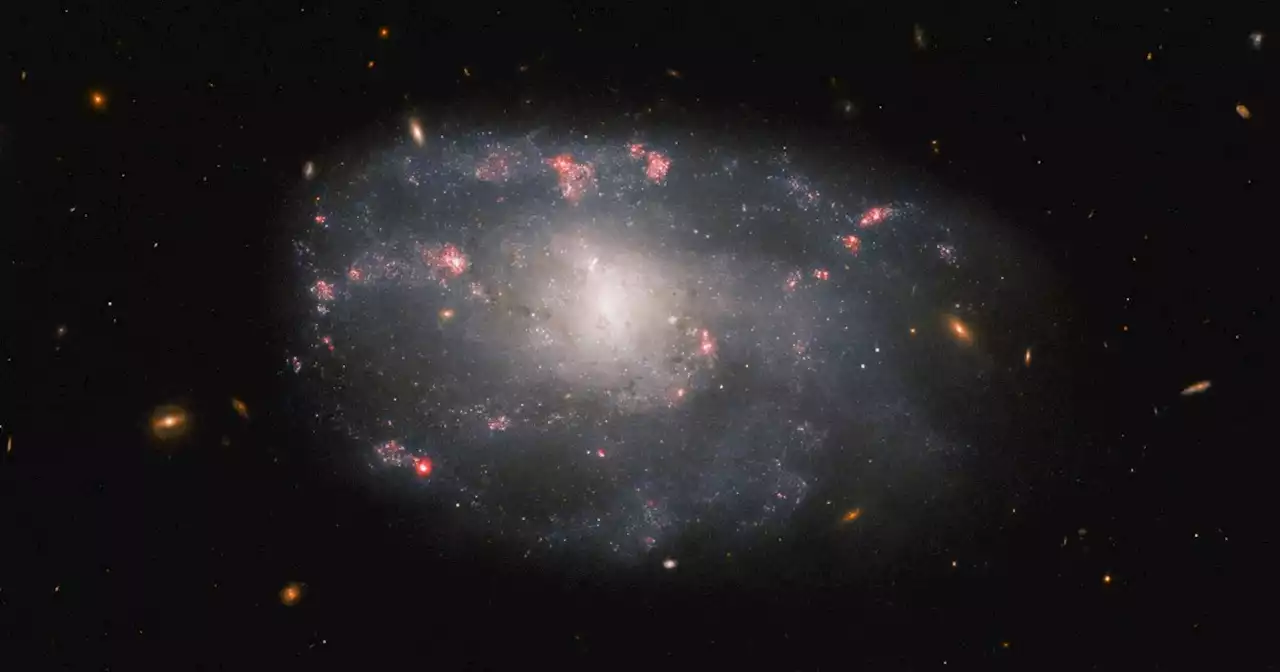This week's image from the Hubble Space Telescope shows a spiral galaxy called NGC 5486, shot through with wisps of pink where new stars are being born.
This week’s image from the Hubble Space Telescope shows a dramatic spiral galaxy called NGC 5486, which is shot through with wisps of pink showing regions where new stars are being born.
Located 110 million light-years away in the famous constellation of Ursa Major, this galaxy is a type called an irregular spiral galaxy because its arms are wandering and indistinct. If you compare the image of this galaxy to one of a quintessential spiral galaxy like NGC 2336, you’ll see that a non-irregular spiral galaxy has clearly defined arms that reach out from its center and are symmetrical.
As Hubble scientists point out in their description of this irregular spiral galaxy, it also sits nearby to a very famous spiral galaxy called the Pinwheel Galaxy. The Pinwheel is a type called a grand design spiral galaxy because it is so neat and organized, with clear prominent arms and a very regular structure.
The comparatively messy structure of galaxy NGC 5486 doesn’t mean it isn’t of scientific interest though. It was studied as part of a series of observations into supernovae, when a massive star runs out of fuel and collapses, giving off a huge burst of energy. “This observation comes from a selection of Hubble images exploring debris left behind by Type II supernovae,” Hubble scientists write. “As massive stars reach the end of their lives, they cast off huge amounts of gas and dust before ending their lives in titanic supernova explosions. NGC 5486 hosted a supernova in 2004, and astronomers used the keen vision of Hubble’s Advanced Camera for Surveys to explore the aftermath in the hopes of learning more about these explosive events.
United States Latest News, United States Headlines
Similar News:You can also read news stories similar to this one that we have collected from other news sources.
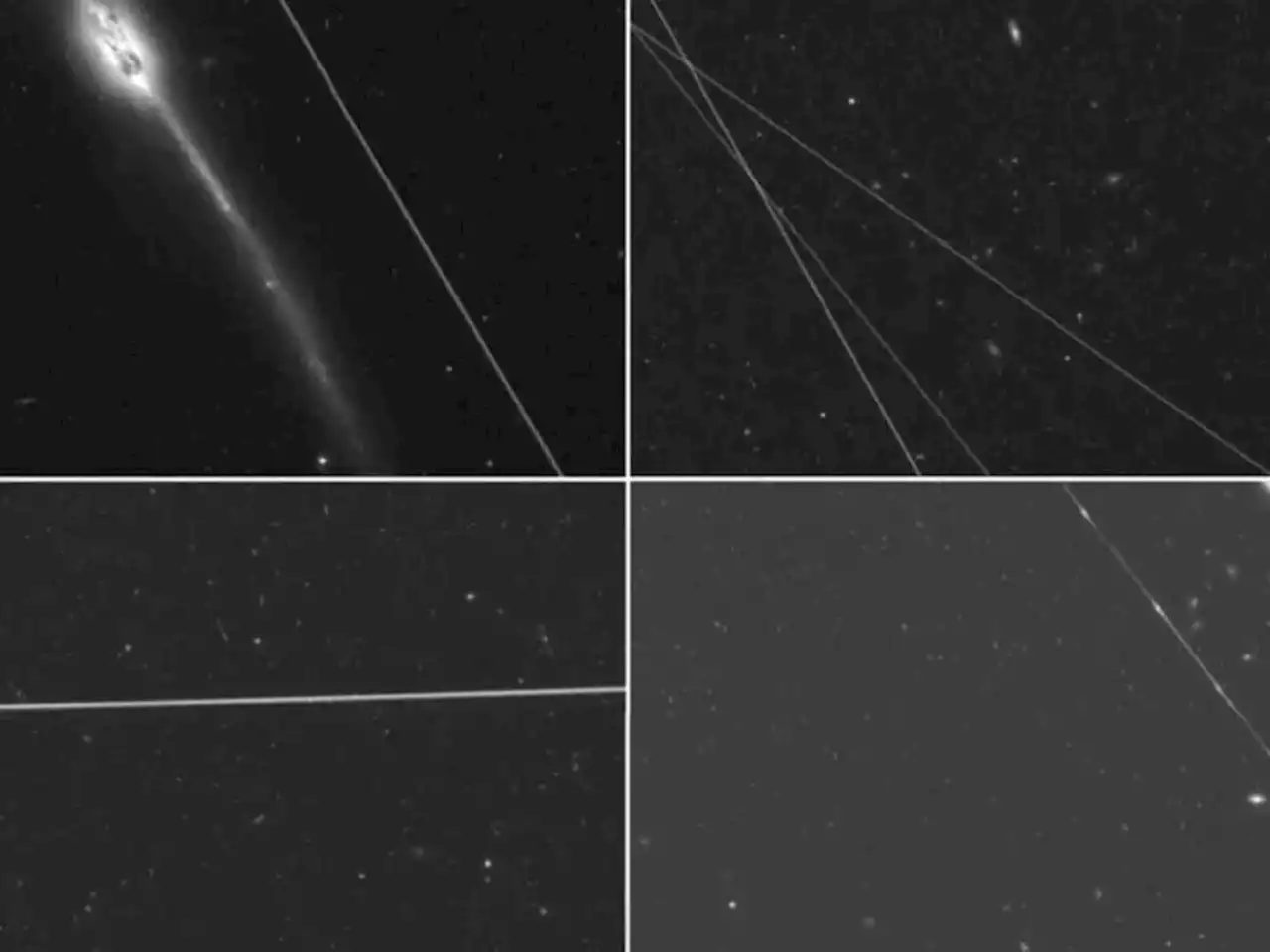 Hubble space telescope is being photobombed, study findsSpaceX largely to blame, as more and more images of the cosmos feature an artificial satellite in the shot
Hubble space telescope is being photobombed, study findsSpaceX largely to blame, as more and more images of the cosmos feature an artificial satellite in the shot
Read more »
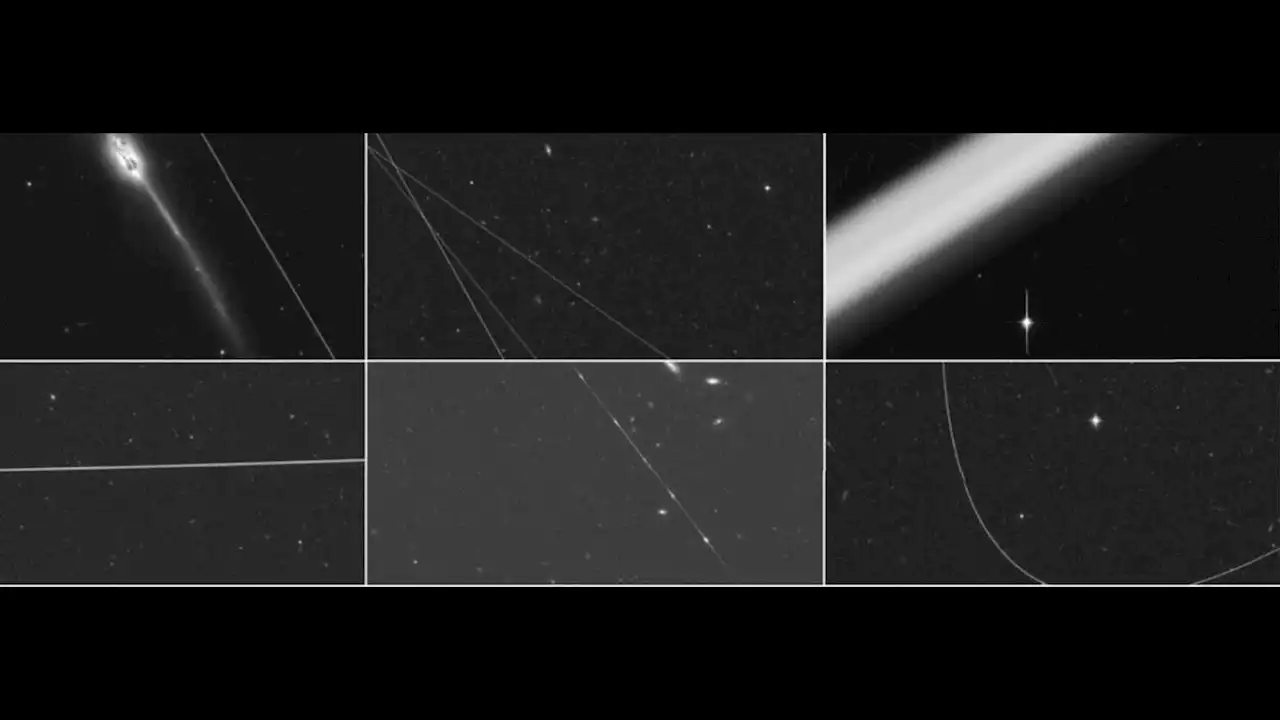 Hubble Space Telescope images increasingly affected by Starlink satellite streaksOver 5% of recent Hubble Space Telescope images examined in the study contained Starlink satellite trails.
Hubble Space Telescope images increasingly affected by Starlink satellite streaksOver 5% of recent Hubble Space Telescope images examined in the study contained Starlink satellite trails.
Read more »
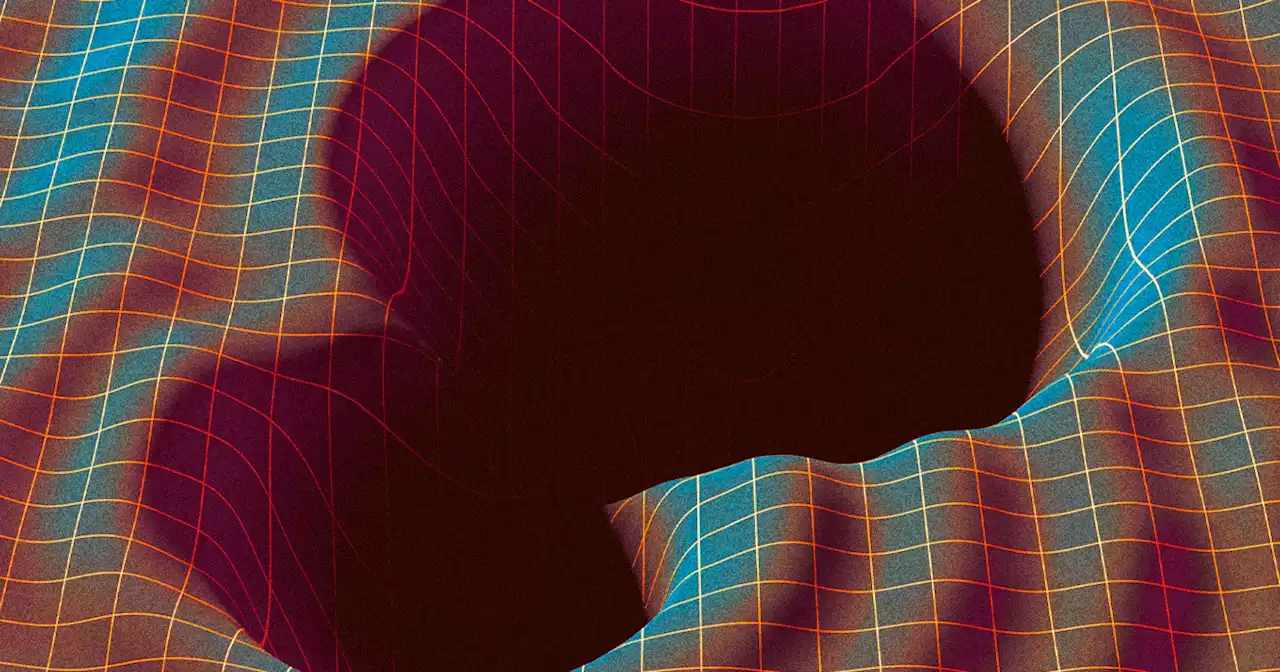 Hubble May Have Spotted a Supermassive Black Hole Breaking Free From Its GalaxyWhat appears to be a 'rogue' supermassive black hole is leaving behind a trail of newly spawned stars in its wake as it escapes its host galaxy.
Hubble May Have Spotted a Supermassive Black Hole Breaking Free From Its GalaxyWhat appears to be a 'rogue' supermassive black hole is leaving behind a trail of newly spawned stars in its wake as it escapes its host galaxy.
Read more »
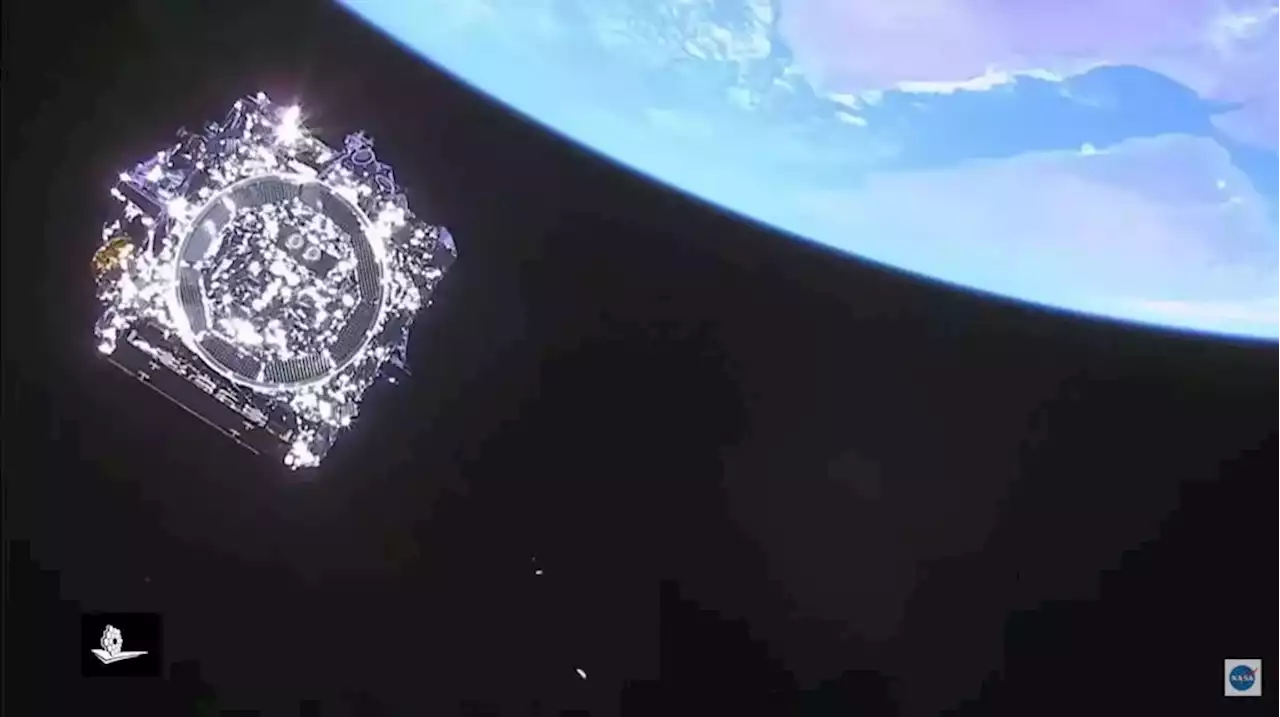 Monster black hole may have killed this galaxy's star-forming power, James Webb Telescope revealsBen Turner is a U.K. based staff writer at Live Science. He covers physics and astronomy, among other topics like tech and climate change. He graduated from University College London with a degree in particle physics before training as a journalist. When he's not writing, Ben enjoys reading literature, playing the guitar and embarrassing himself with chess.
Monster black hole may have killed this galaxy's star-forming power, James Webb Telescope revealsBen Turner is a U.K. based staff writer at Live Science. He covers physics and astronomy, among other topics like tech and climate change. He graduated from University College London with a degree in particle physics before training as a journalist. When he's not writing, Ben enjoys reading literature, playing the guitar and embarrassing himself with chess.
Read more »
![]() Single Flat Lens Used to Photograph the Moon for the First Time EverA Penn State-led research team has developed a flat, single-lens telescope that was able to capture clear images of the moon. Known as a metalens, it achieved far greater resolution and imaging distance than any metalens before it.
Single Flat Lens Used to Photograph the Moon for the First Time EverA Penn State-led research team has developed a flat, single-lens telescope that was able to capture clear images of the moon. Known as a metalens, it achieved far greater resolution and imaging distance than any metalens before it.
Read more »
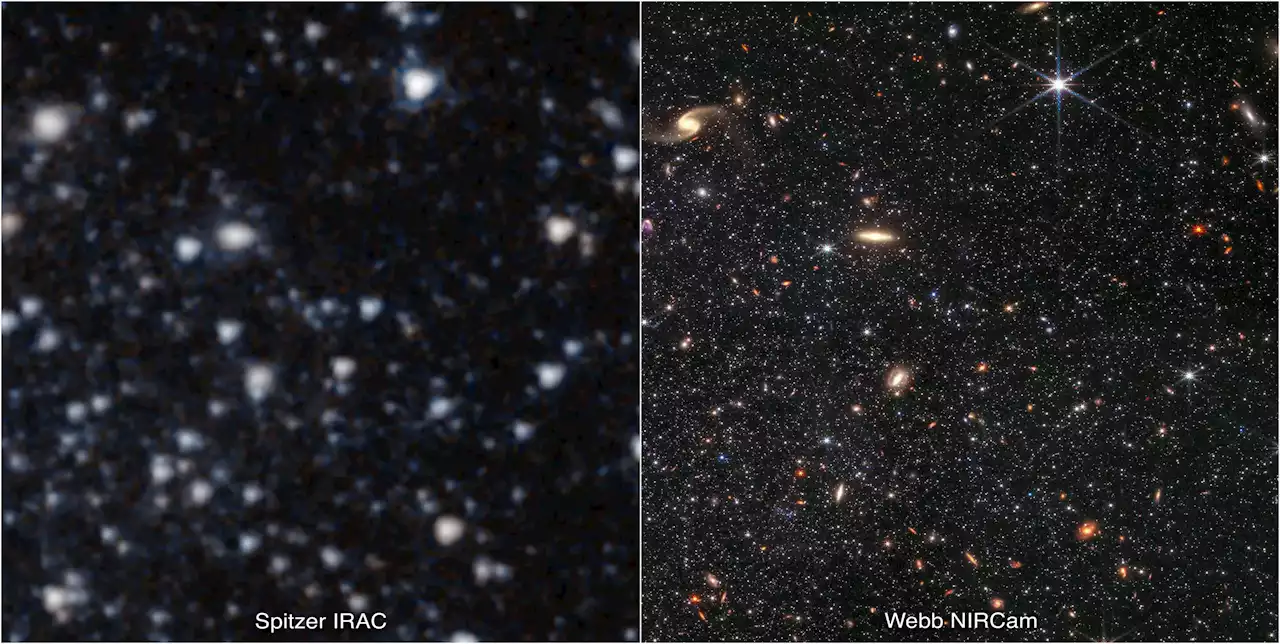 Webb Space Telescope: Beneath the Night Sky in a Galaxy (Not Too) Far AwayNASA spoke with Kristen McQuinn of Rutgers University, one of the lead scientists on Webb Early Release Science (ERS) program 1334, focused on resolved stellar populations. These are large groups of stars – including stars within the dwarf galaxy Wolf–Lundmark–Melotte (WLM) – that are close enough f
Webb Space Telescope: Beneath the Night Sky in a Galaxy (Not Too) Far AwayNASA spoke with Kristen McQuinn of Rutgers University, one of the lead scientists on Webb Early Release Science (ERS) program 1334, focused on resolved stellar populations. These are large groups of stars – including stars within the dwarf galaxy Wolf–Lundmark–Melotte (WLM) – that are close enough f
Read more »
